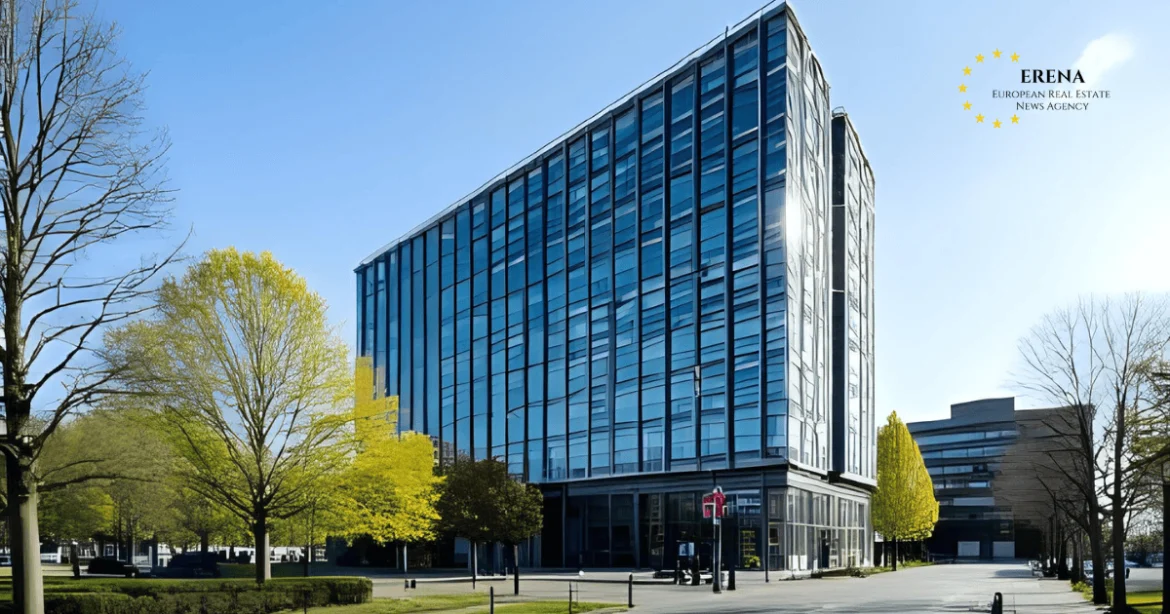The European Central Bank (ECB) has paused its cycle of monetary easing, keeping the deposit rate at 2 % in July 2025. For real estate markets, this marks a moment of stability after a year of cuts, though structural issues such as supply shortages and commercial weakness remain.
A Pause After Eight Cuts
On 24 July 2025, the ECB left its deposit facility at 2.00 %, the main refinancing rate at 2.15 %, and the marginal lending rate at 2.40 %. This came after eight cuts since mid-2024 that brought the deposit rate down from 4 %.
Isabel Schnabel, ECB Executive Board: “The current 2 % policy rate may be mildly accommodative, which is why keeping rates steady is appropriate now.”
Martins Kazaks, Governor of the Bank of Latvia: “The pause gives us room to assess incoming data and flexibility if conditions worsen.”
For developers and investors, this means a more predictable financing environment. After months of uncertainty, stability in rates allows better planning for acquisitions and refinancing.
Inflation Near Target
Eurozone inflation edged up to 2.1 % in August 2025, with core inflation steady at 2.3 %. Although close to target, policymakers remain cautious about risks: US tariffs on European exports, volatility in energy markets, and currency fluctuations against the dollar.
For households, inflation stability supports real incomes and helps sustain housing demand. At the same time, banks are cautiously reopening credit channels, encouraging first-time buyers and mid-income families who had been sidelined by high mortgage rates in 2023–2024.
Housing Markets Regain Momentum
After two sluggish years, Europe’s housing market shows renewed energy:
- EU house prices rose by 4.9 % year-on-year in Q4 2024, with real growth of 2.1 % after inflation adjustment.
- Portugal, Spain, the Netherlands, and several Central European countries posted gains above 10 %.
- Mortgage rates eased to 3.3 % in May 2025, while mortgage lending growth turned positive at 2.0 %, reflecting recovering buyer confidence.
Industry experts highlight that the rebound is not speculative but rather driven by demographics, urbanisation, and supply bottlenecks. In many countries, construction pipelines remain far below demand, which is putting upward pressure on prices even in secondary cities.
Commercial Real Estate: A Divided Recovery
The commercial sector is facing a two-speed recovery. Logistics, residential rental, and data centres continue to attract capital thanks to e-commerce growth, housing demand, and AI-related infrastructure. In contrast, the office market is under strain.
UBS Asset Management: “Demand is concentrating in prime, energy-efficient offices, while older assets are losing value and liquidity.”
CBRE analysts, in their European Real Estate Outlook 2025, note that residential property remains the most resilient segment, with transaction volumes slowly stabilising as price expectations between buyers and sellers narrow.
Abrdn forecast: “We expect total property returns of 7.4 % in 2025 and average annual returns of 9–9.3 % over the next three to five years.”
Regional Highlights
- Germany: Housing demand is high, but completions fell to ≈252,000 units in 2024, far below the 400,000 annual target. Shortages will keep pressure on prices, especially in Berlin, Hamburg, and Munich.
- France: Paris stabilised at €9,500–9,800/m² in mid-2025, while Lyon’s prices are flat and Marseille shows modest increases. High-end demand remains strong from international buyers despite tighter rental rules.
- Spain: Madrid continues to post strong growth; in Barcelona, the planned ban on tourist apartments by 2028 is already shifting supply into the long-term rental market. This is boosting yields for institutional landlords.
- Italy: Milan leads the market with steady growth supported by foreign investors, while southern regions such as Calabria and Molise remain the cheapest in Europe, with prices often below €1,500/m².
- Netherlands: In Amsterdam, prices average €8,000–9,000/m², with private rents exceeding €1,800/month. The shortage of new supply is expected to persist through 2026, keeping the city among Europe’s most expensive rental markets.
Investor Sentiment and Capital Flows
Institutional investors are adapting quickly. Private equity funds and pension investors are rebalancing toward living sectors (rental housing, student housing, senior living) and infrastructure-linked assets like data centres. Green building certifications and ESG compliance are now seen as minimum requirements rather than optional benefits.
According to the Financial Times, capital is increasingly moving into residential and logistics assets that deliver stable occupancy and yields, while the office sector is expected to need a decade of repositioning to recover competitiveness.
Conclusion
The ECB’s pause provides breathing space to households, developers, and investors. Housing markets are regaining momentum across much of Europe, while commercial real estate is split between thriving sustainable assets and struggling outdated stock. For 2025, resilience lies in sustainability, housing demand, and income-secure investments.

